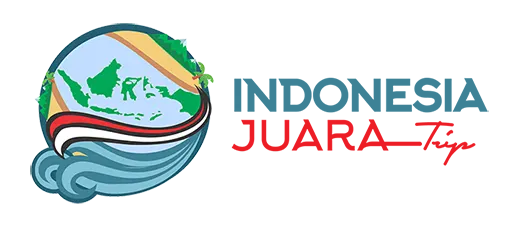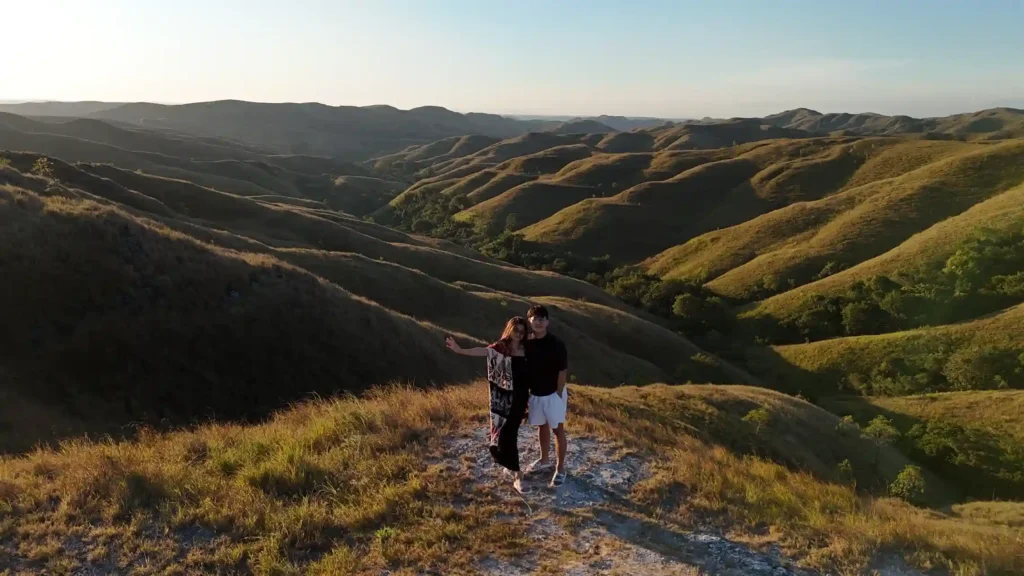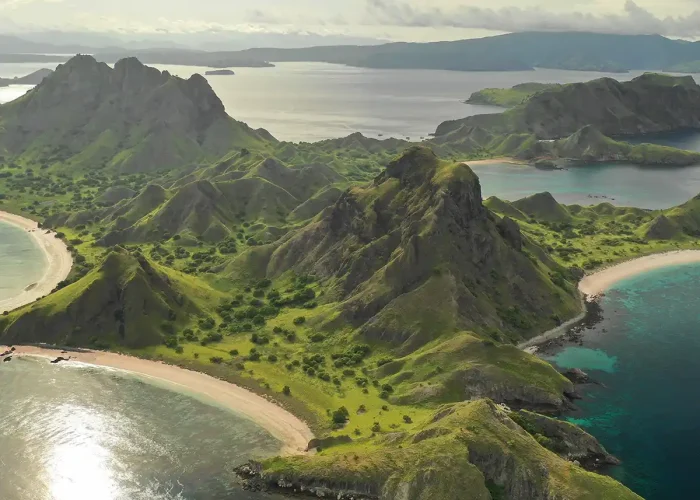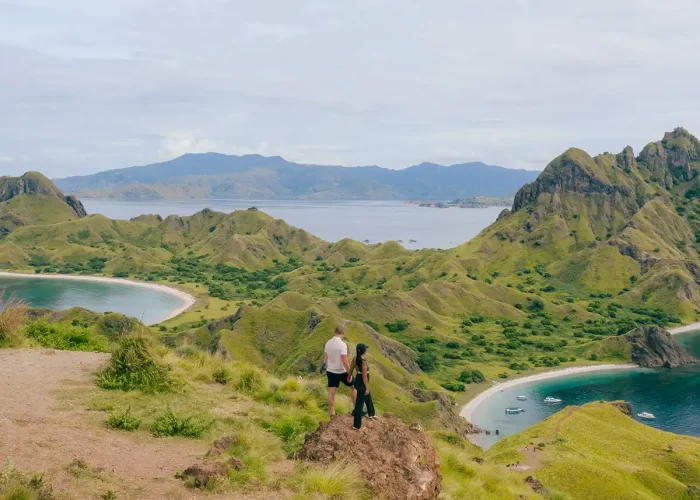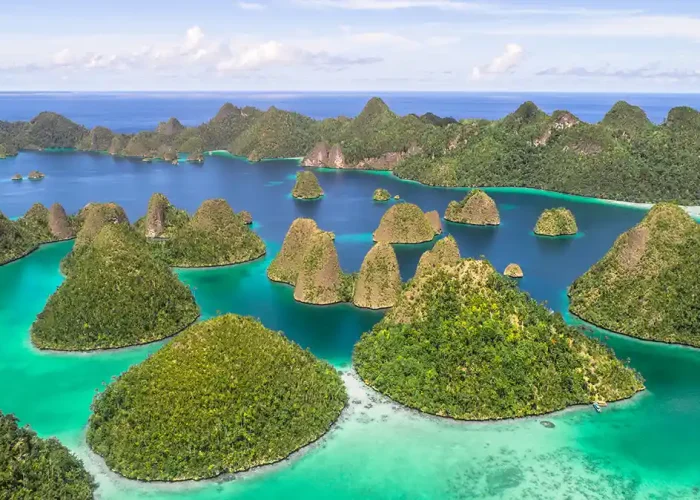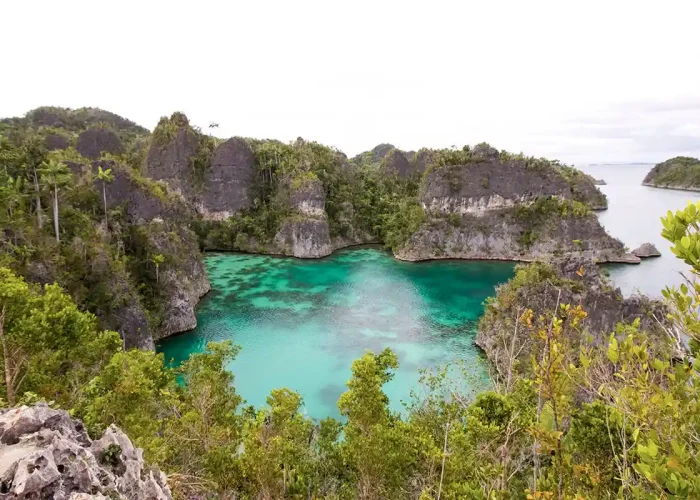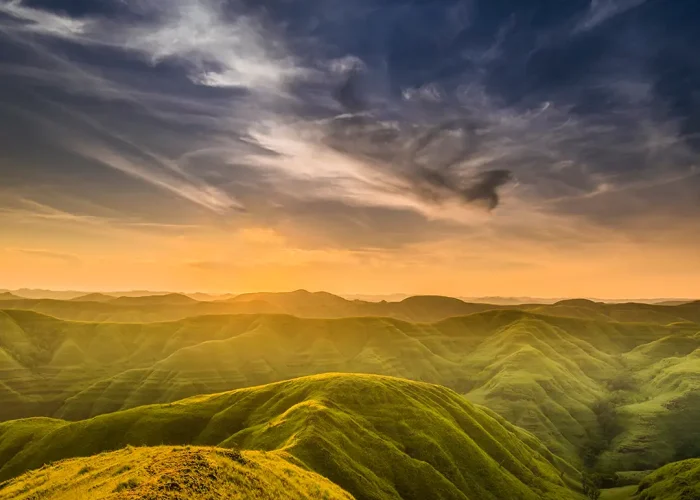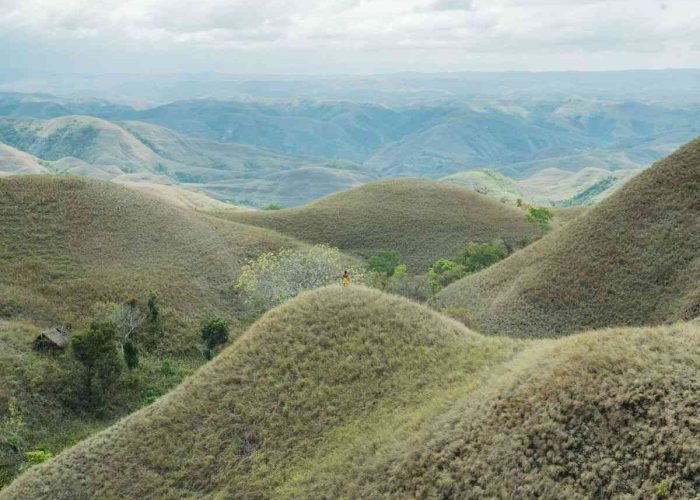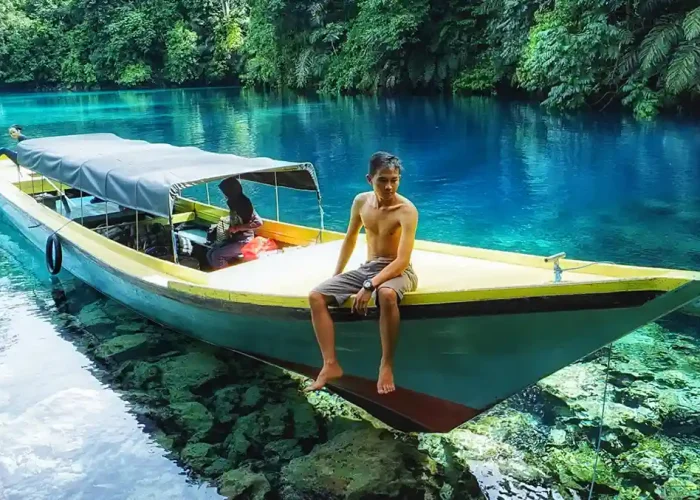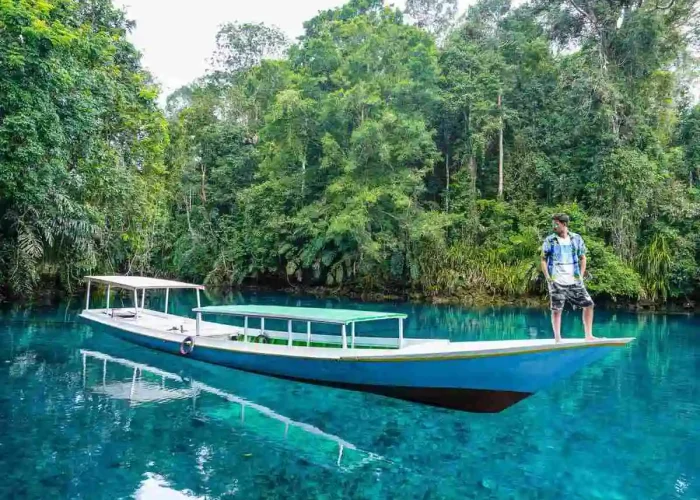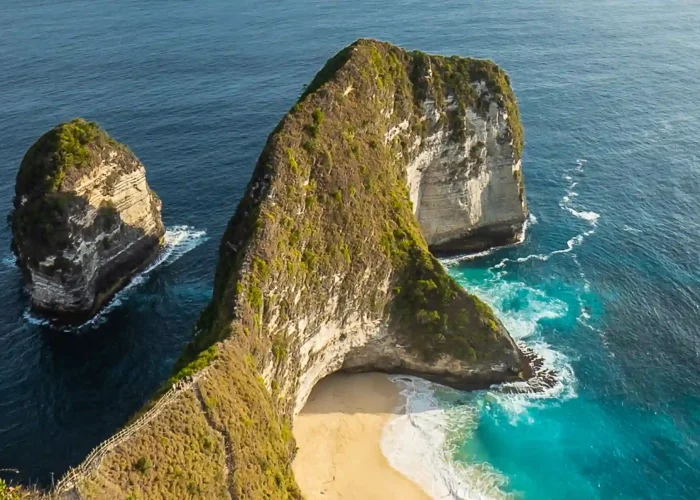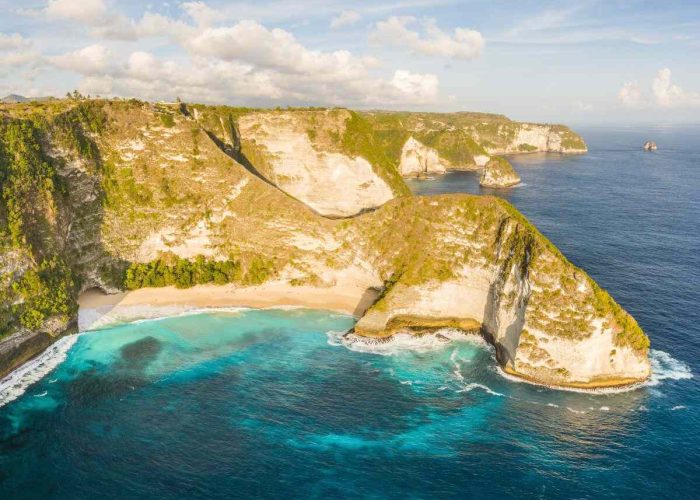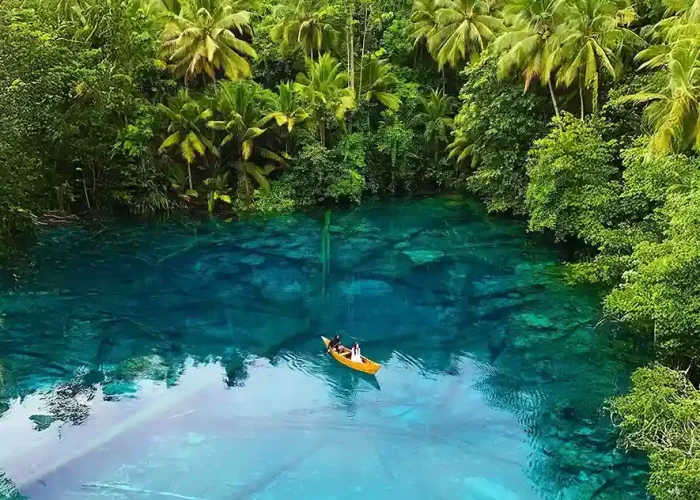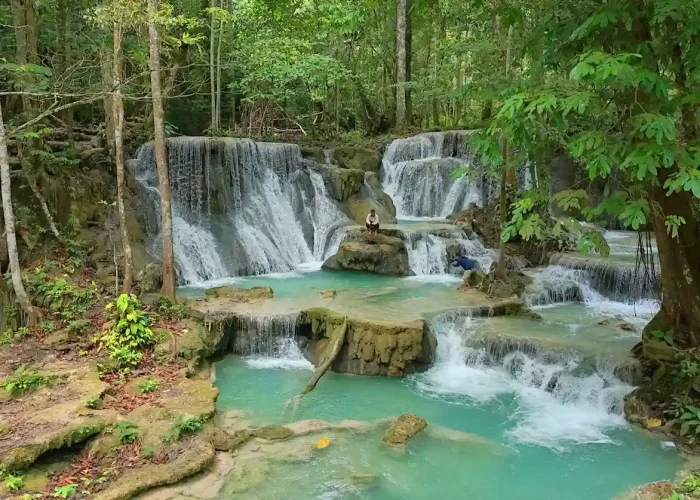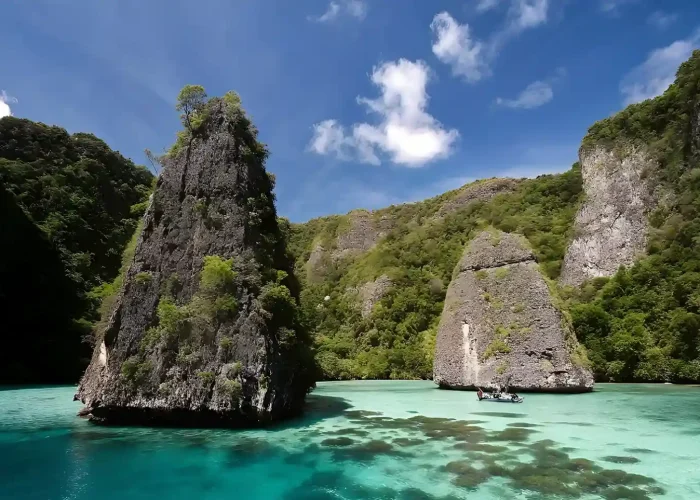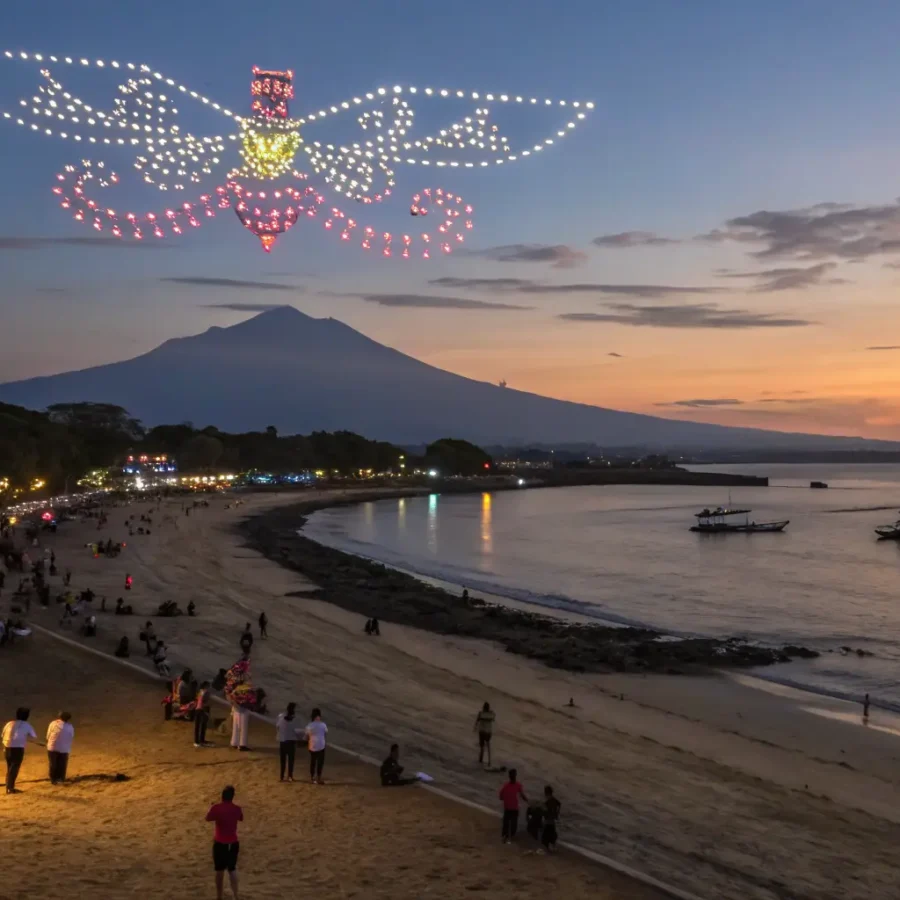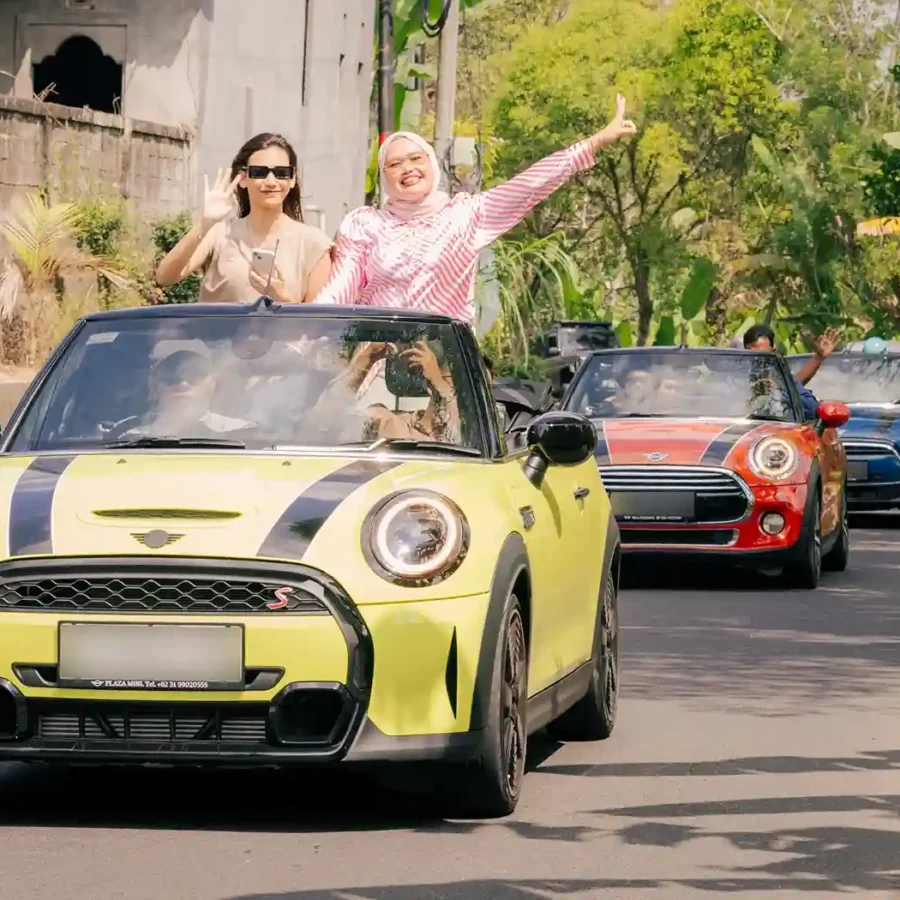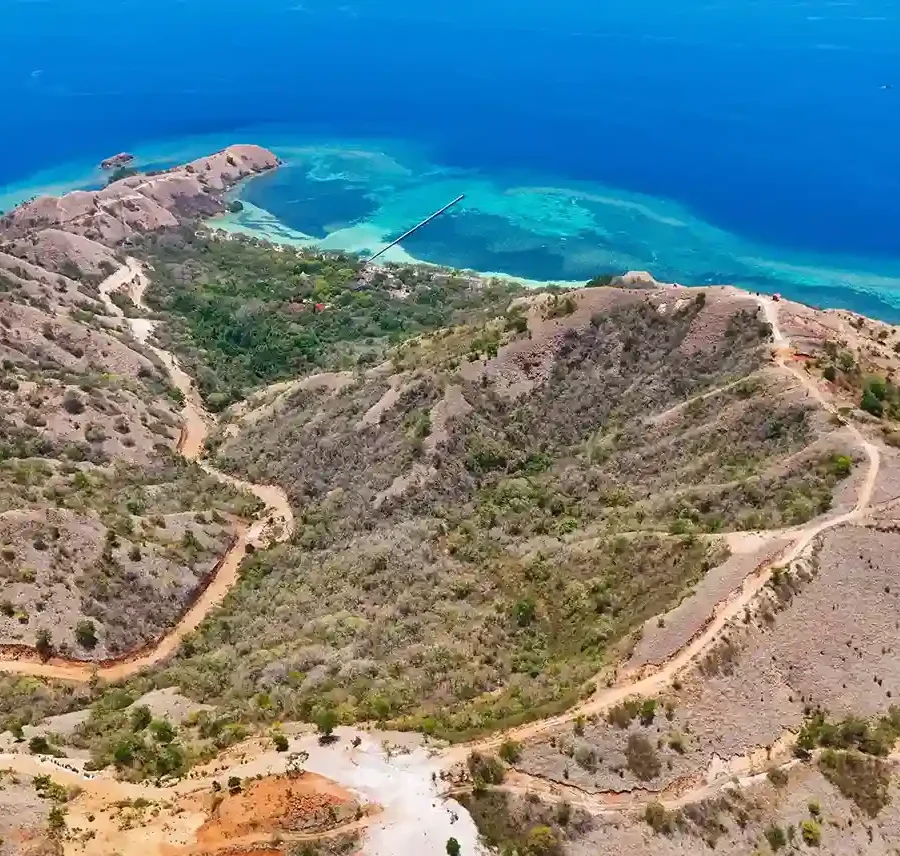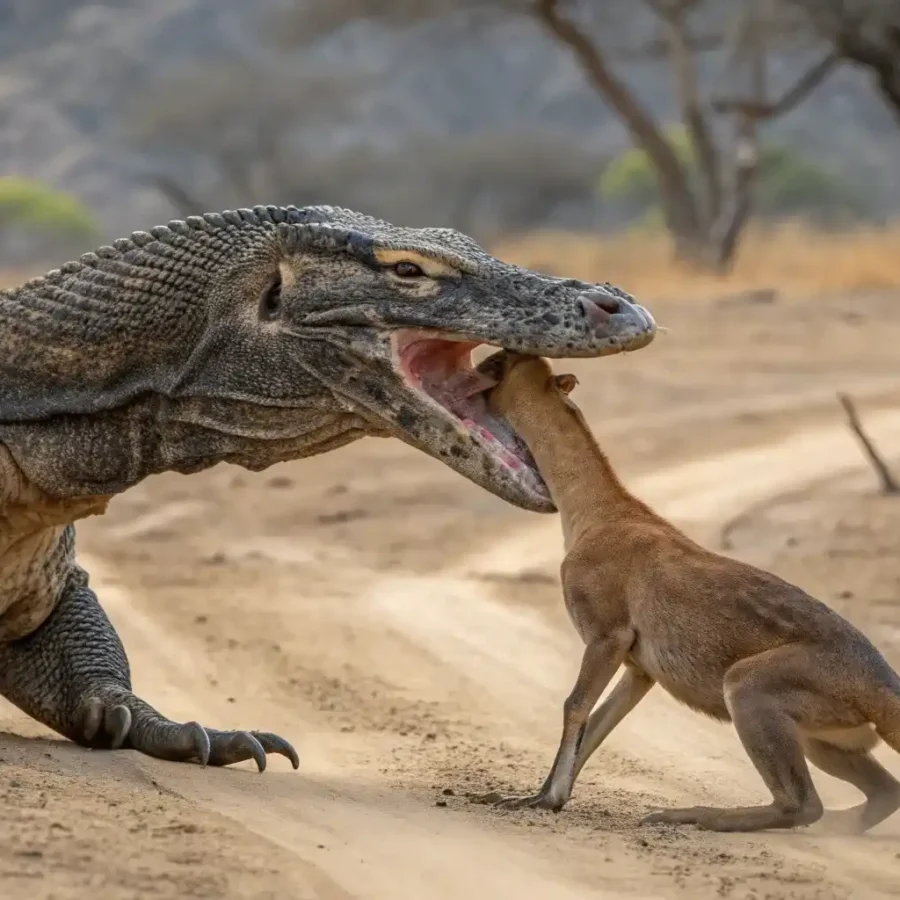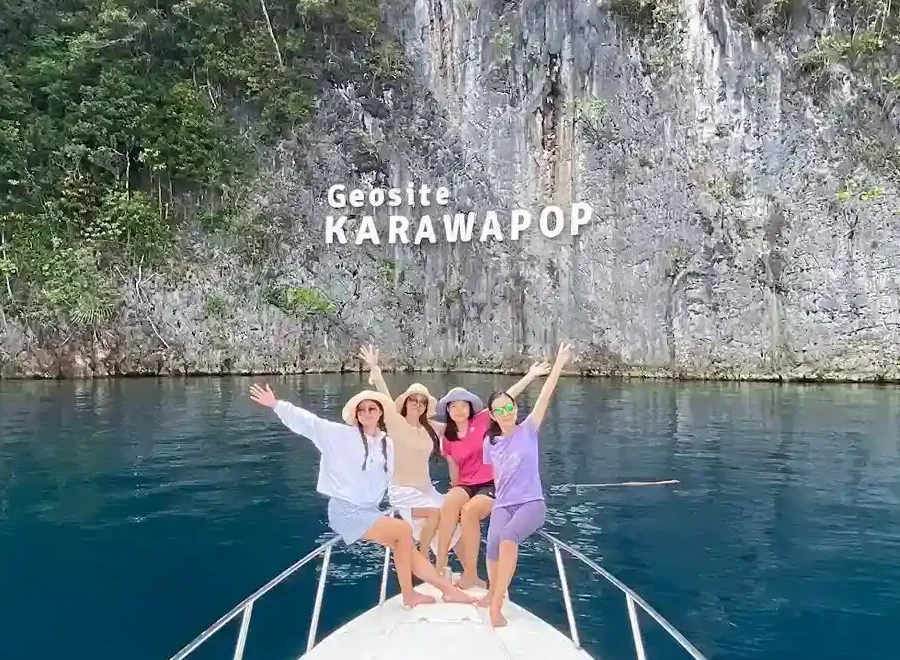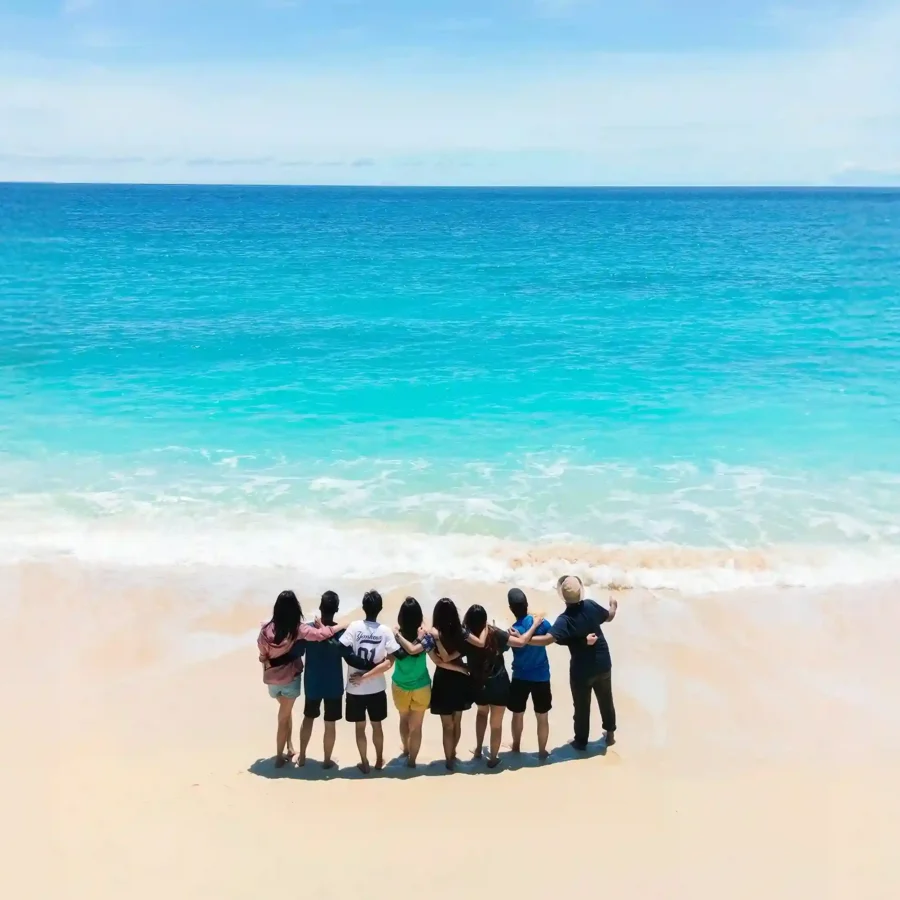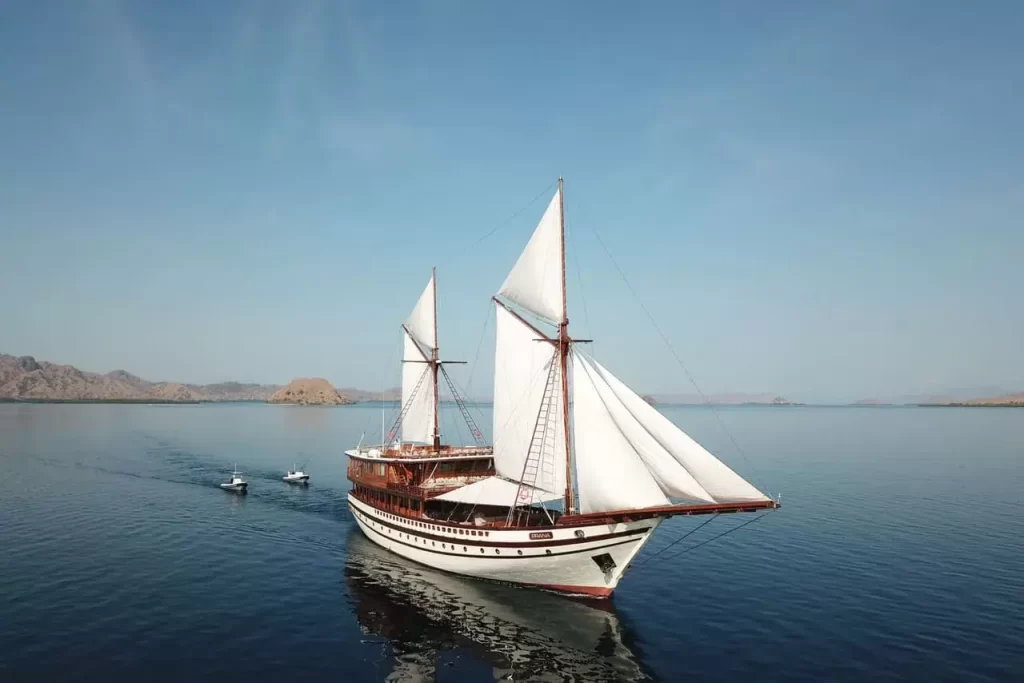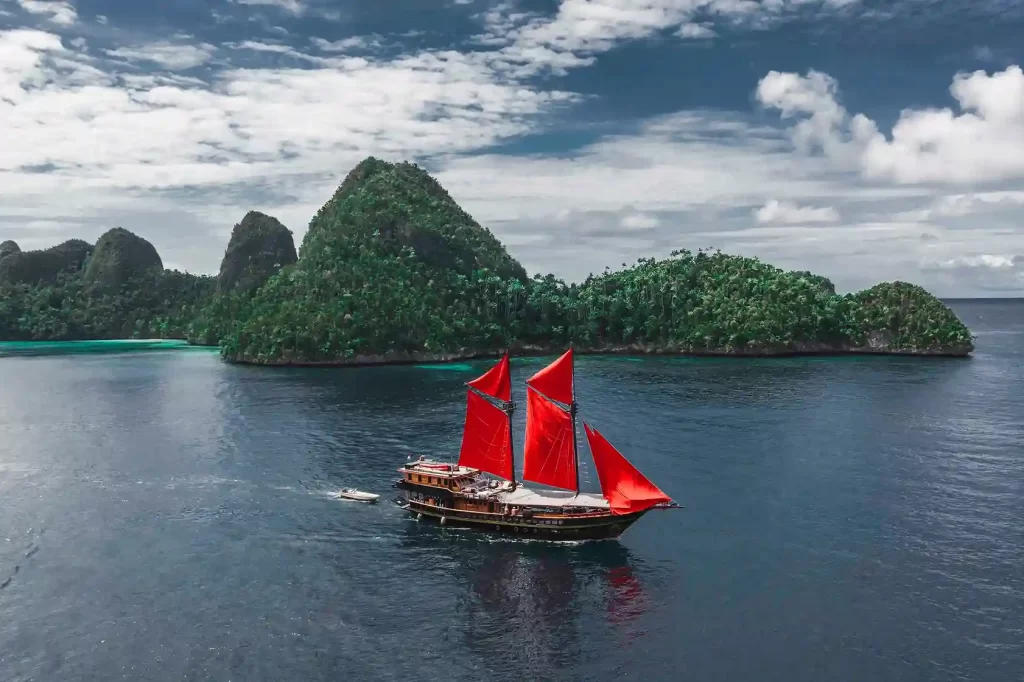Sumba never fails to steal hearts. This exotic island in East Nusa Tenggara is a dream destination for many travelers who seek something different: untouched nature, rich culture, and truly authentic experiences. But before you go, one question usually pops up, is it better to visit West Sumba or East Sumba?
Both regions have their own charm, and interestingly, each side offers a different “face” of Sumba. In this article, we’ll break down the differences between West Sumba and East Sumba, from the natural landscapes and cultural heritage, to tourist attractions and travel styles that suit you best.
Table of Contents
A Glimpse of West Sumba
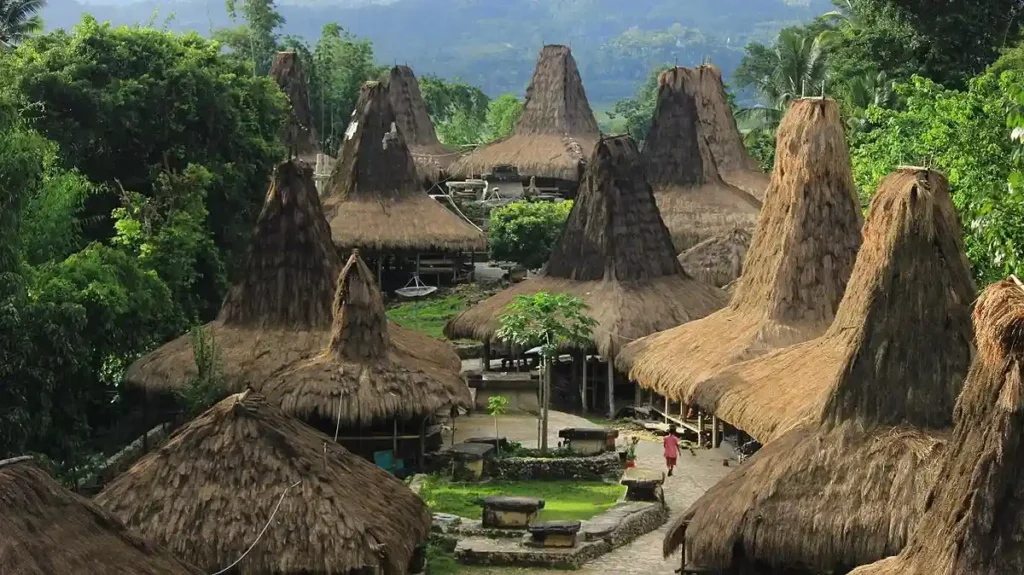
West Sumba is one of the regencies on Sumba Island, well-known for its beautiful nature and cultural richness. Although it doesn’t have its own airport, the region is conveniently located near Tambolaka Airport in Southwest Sumba. Thanks to easy access from the airport, West Sumba is often the starting point for trips in the western part of the island.
This area offers a blend of natural beauty such as beaches and rolling hills, along with a strong presence of traditional life and customs. If you’re looking to enjoy the peaceful and authentic side of Sumba, West Sumba could be the perfect region to explore.
A Glimpse of East Sumba
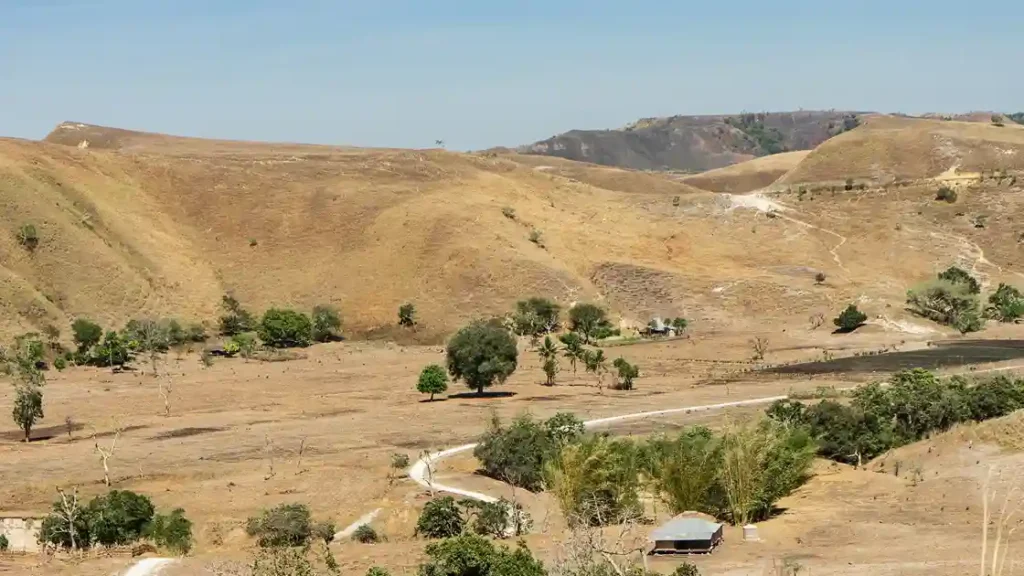
East Sumba is the largest region on the island and serves as the main gateway via Umbu Mehang Kunda Airport in Waingapu. It’s famous for its vast savannah landscapes, dry and exotic hills, and deep-rooted traditions that are still very much alive in daily life.
In contrast to the greener and wetter west, East Sumba offers a drier and more dramatic vibe, ideal for those who love open nature and striking scenery. Many travelers are enchanted by the raw, wild beauty of East Sumba, especially during the dry season when its savannas resemble a mini Africa.
Read more: How Many Days to Visit Sumba? Here’s the Recommendation!
West Sumba or East Sumba: What’s the Difference?
If you’re planning a trip to Sumba Island, it’s essential to understand the differences between West and East Sumba. Though they share the same island, they offer quite different travel experiences, from landscapes to culture and accessibility.
| Category | West Sumba | East Sumba |
| Natural Landscape | Lush greenery, tiered hills, forests, and rice fields due to higher rainfall | Dominated by savannahs, dry hills, and arid landscapes, ideal for adventure and photography |
| Culture & Heritage | Traditional villages like Prai Ijing with tall thatched roofs and preserved rituals | Center of ikat weaving, especially in Waingapu; cultural expressions more spread out |
| Access & Transportation | Served via Tambolaka Airport (in Southwest Sumba), then 1–2 hour land trip to West Sumba | Direct access via Umbu Mehang Kunda Airport in Waingapu, with regular flights from Denpasar & Kupang |
| Tourist Attractions | Traditional villages, stone graves, green highlands, and hidden waterfalls | Puru Kambera savannah and Walakiri Beach with photogenic mangrove silhouettes |
Natural Landscape
West Sumba is known for its lush, green landscape. With higher rainfall than the east, this area is home to rich vegetation. You’ll find tiered hills that are calming to the eye, as well as forests and rice fields blending beautifully with the surroundings.
Meanwhile, East Sumba is dominated by wide savannahs, dry hills, and an overall more arid atmosphere. This distinctive scenery is a dream for photographers and adventurers alike. Its dramatic contrasts make it ideal for those craving a unique exploration experience.
Culture and Heritage
Both regions are rich in cultural traditions, though with slightly different expressions. In West Sumba, you’ll find traditional villages like Prai Ijing, where houses still feature tall thatched roofs and age-old rituals are preserved. The spiritual ambiance of these villages gives you a true glimpse into the past.
On the other hand, East Sumba is widely recognized as the center of Sumbanese ikat weaving. In towns like Waingapu, you can witness the traditional weaving process, filled with philosophy and symbolism. Some villages even have their own weaving galleries open for educational visits. While the culture here is equally alive, its expressions tend to be more spread out compared to the concentrated village life in the west.
Access and Transportation
When it comes to air travel, East Sumba is served by Umbu Mehang Kunda Airport in Waingapu. This is the main entry point for those wanting to explore the eastern part of the island, with regular flights from Denpasar and Kupang.
If you’re heading to West Sumba, the closest airport is Tambolaka Airport, located in Southwest Sumba, a neighboring regency. From there, you can take a land trip to popular destinations in West Sumba like Waikabubak or Lamboya, which takes about 1–2 hours depending on where you’re going.
Tourist Attractions
West Sumba offers a harmonious blend of nature and culture. Around Waikabubak, you can explore traditional villages, see historic stone graves, and enjoy green highland views. Several hidden waterfalls also await in the more remote inland areas.
Meanwhile, in East Sumba, iconic destinations include Puru Kambera and Walakiri Beach. Puru Kambera showcases a savannah landscape reminiscent of Africa, while Walakiri Beach is famed for its dwarf mangrove silhouettes, especially striking during golden hour.
West Sumba or East Sumba: Which One Suits You Best?
Now that you have a general overview of West and East Sumba, it’s time to decide which one suits your travel style best. Each area offers its own unique appeal, and there’s really no clear winner, it all depends on what kind of experience you’re after. If you enjoy visiting traditional villages, immersing yourself in local wisdom, and soaking in calm, authentic surroundings, West Sumba might be the right destination for you. But if you’re more drawn to wide-open savannahs, exotic beaches, and adventurous landscapes, then East Sumba is definitely worth exploring. Whatever your choice, you’ll be greeted with Sumba’s warm culture and extraordinary natural beauty.
Read more: Sumba Tour 2025: A Dream Vacation Spot According to Forbes
Let’s Explore West Sumba and East Sumba with IndonesiaJuara Trip!
Both West and East Sumba offer unforgettable experiences that will leave a lasting impression. In the west, you’ll find lush green panoramas, megalithic traditional villages, and living cultural ceremonies. In the east, you’ll discover vast savannahs, stunning coastlines, and exotic settings perfect for exploration and epic photography. If you want to experience the best of both worlds in one seamless trip, join a Sumba Tour with IndonesiaJuara Trip! We’ll take you on an unforgettable journey through both sides of the island, from iconic traditional villages in West Sumba to hidden beaches and open savannahs in the east. Enjoy an authentic adventure, professional documentation, and a thoughtfully designed itinerary to help you discover all the highlights of Sumba in comfort and style.

